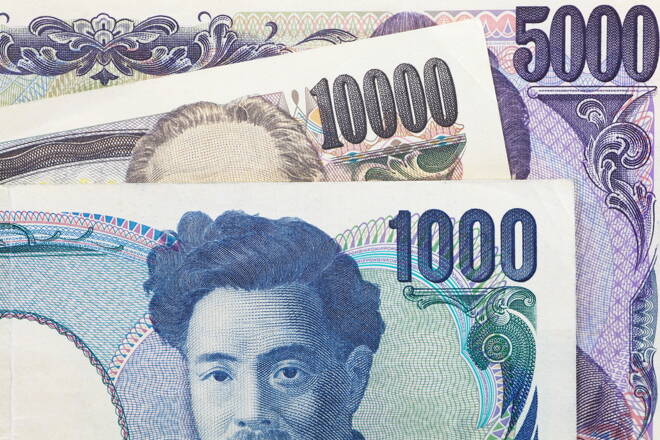Advertisement
Advertisement
USD/JPY Fundamental Daily Forecast – Increasing Appetite for Risky Assets Boosts Yen
By:
Under normal conditions when the Japanese Yen is treated like a carry-currency, it will go down when stocks go up, or when investors demand risk.
The Dollar/Yen is trading lower early Tuesday after posting a steep drop the previous session. After moving mostly sideways the past seven sessions, the Forex pair plunged to its lowest level since September 1 as sellers may have caught weak longs by surprise. The chart pattern also suggests some major player may have pulled a large bid, triggering the spike to the downside.
At 02:51 GMT, the USD/JPY is trading 105.654, down 0.079 or -0.07%.
Dollar Weakens as Risk Appetite Edges Higher
Traders also said the U.S. Dollar dipped against the Japanese Yen as hopes for a COVID-19 vaccine and big corporate deals improved investor appetite for risk. This only makes sense if you believe the U.S. Dollar was the safe-haven asset of choice during the stock market’s recent two week slide.
Under normal conditions when the Japanese Yen is treated like a carry-currency, it will go down when stocks go up, or when investors demand risk. And it will go up when stocks go down, or investors want protection. But we’re not experiencing normal trading or investing conditions during the pandemic so we have to analyze moves a little closer.
Helping sentiment on Monday was a report that showed AstraZeneca resumed British clinical trials of its COVID-19 vaccine, one of the most advanced in development while Pfizer Inc and BioNTech SE proposed expanding their Phase 3 COVID-19 vaccine trial.
Additionally, Wall Street shares bounced back also as several multi-billion dollar deals – including Nvidia’s purchase of chip designer Arm and a deal between Oracle and China’s ByteDance on TikTok – lifted confidence.
Japan Economic Data
Japan’s industrial production rose more than estimated in July, final data from the Ministry of Economy, Trade and Industry showed on Monday.
Industrial production rose a seasonally adjusted 8.7 percent monthly in July. In the initial estimate, output rose 8.0 percent.
On a yearly basis, industrial production declined 15.5 percent in July versus an estimate calling for a 16.1 percent decline.
Tertiary industry activity declined 0.5 percent in July. On a yearly basis, tertiary activity decreased 9.4 percent in July.
Daily Forecast
Once again, risk sentiment will drive the price action on Tuesday, but not in the usual way. Traders will also get the opportunity to react to the latest U.S. data on Import Prices, Capacity Utilization and Industrial Production. The Empire State Manufacturing Index is also scheduled to be released.
Meanwhile the Fed begins its two day policy meeting, and the Bank of Japan starts to get ready for its meeting on Thursday.
For a look at all of today’s economic events, check out our economic calendar.
About the Author
James Hyerczykauthor
James Hyerczyk is a U.S. based seasoned technical analyst and educator with over 40 years of experience in market analysis and trading, specializing in chart patterns and price movement. He is the author of two books on technical analysis and has a background in both futures and stock markets.
Advertisement
